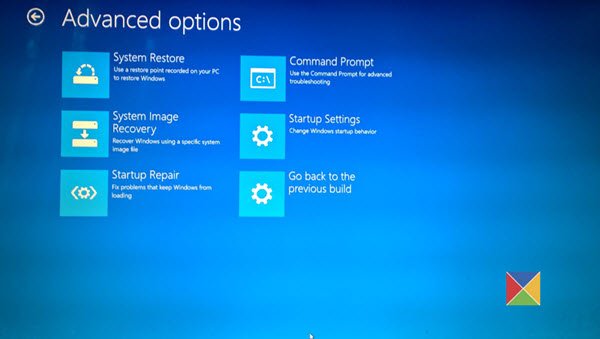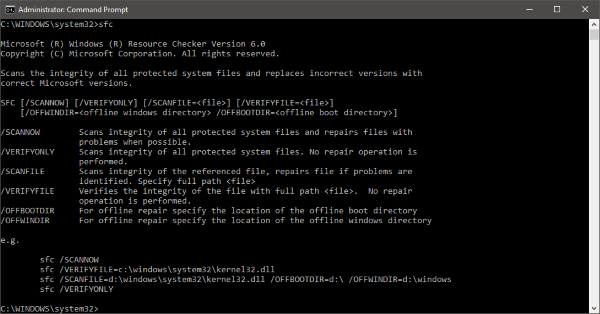For proper functioning Windows installs some essential system files on your computer. These files are stored in the Windows installation directory and are very important to the Windows operating system. Any harm or corruption of these files may disable some features or even completely freeze the system. Users usually face issues where Windows is not able to start or is stuck on some screen. This is majorly caused due to errors with these files.
Windows comes with built-in functionality to fix these essential files. The ‘sfc’ (System File Checker) command is one of those useful commands that can help you fix and repair any faulty system files on your Windows installation.
While the sfc.exe does its job pretty well and helps users replace missing or corrupted system files, there may be times when you may not be able to boot into Windows to run this command. So in this post, we’ve discussed how to run this command internally as well as externally.
On Windows 11/10 if you can boot into Advanced Startup Options click open Command Prompt and run the System File Checker with the following command:
sfc /scannow

But if you cannot even access the Advanced Startup Options, then you may have to follow this procedure.
Run sfc /scannow on External Drives
If Windows is not loading up and you want to run System File Checker on the drive, what would you do? Well, you can use an external repair disk, or remove the hard drive and connect it to another running Windows computer to perform the SFC scan.
Now there might be a problem here, even if you’ve connected your drive to another PC Windows will run SFC on the primary Windows installation drive only and not on the external one.
To overcome this, we have to modify our command a little bit, and it will work amazingly well with external hard drives as well.

Run System File Checker offline
To, run SFC commands on an external hard drive follow these steps:
Open an elevated(Administrator) Command Prompt Window and Run this command:
sfc /SCANNOW /OFFBOOTDIR=c:\ /OFFWINDIR=c:\windows
Don’t forget to replace ‘c:\’ with your external drive’s letter in the command. Also, replace “c:\windows” with the directory in which Windows has been installed (‘Windows’ by default).
It might take some time to scan the entire, and once it is finished, you will get an appropriate response about the scan results. The response will be very similar to the one you might have got if you’ve run SFC normally on your computer.
Any errors found and reported are logged in a CBS.log file. You can consult that file for more details upon errors and faulty files. Here is the entire response you will see on a successful scan:
Windows Resource Protection found corrupt files and successfully repaired them. Details are included in the CBS.Log – %WinDir%\Logs\CBS\CBS.log
You can use the same command while using an external repair drive on your PC. Other switches of the ‘sfc’ command work as well here.
Thus, you can use this command to fix your drive if Windows OS is not able to boot or if you are using an external repair drive.
Related reads:
- Run System File Checker in Safe Mode or Boot-Time
- System File Checker not working, will not run or could not repair
- Windows Resource Protection could not perform the requested operation
- Windows Resource Protection found corrupt files but was unable to fix some of them
- Windows Resource Protection could not start the repair service.